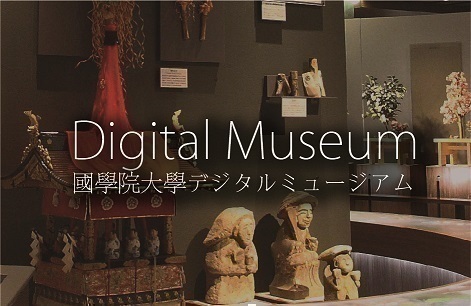- トップ
- Encyclopedia of Shinto
- Shintō gobusho
Encyclopedia of Shinto
| Main Menu: | |
| Links: |
詳細表示 (Complete Article)
| カテゴリー1: | 9. Texts and Sources |
|---|---|
| カテゴリー2: | Other Basic Texts |
| Title | Shintō gobusho |
| Text | This is the basic texts of medieval Ise Shintō (Watarai Shintō). This is the general title given the five works: Amaterashimasu Ise nisho kōtai jingū gochinza shidaiki (or Gochinza shidaiki ), Ise nisho kōtaijin gochinza denki (or Gochinza denki ), Toyouke kōtaijin gochinza hongi (or Gochinza hongi ), Zō Ise nisho kōtaijin hōki hongi (or Hōki hongi ), and Yamato hime no mikoto seiki. Each of these have colophons proclaiming that they originate before the Nara period, but in reality these were created sometime during the Kamakura period. It is believed that Watarai Yukitada and other officiators of the Outer Shrine (gekū ) created these by adding sections of old traditions from the Grand Shrines of Ise. Gochinza shidaiki is also known as Awarawa no mikoto ki or Awarawa no mikoto den. Starting with Amaterasu Ōmikami, it records the divine character of the deities worshipped at both shrines of Ise and the circumstances until their enshrinement. It seems to have been compiled at the end of the thirteenth century, sometime before 1295. Gochinza denki is also known as Ōta no mikoto kunden or Ōta no mikoto denki. It records the circumstances about the enshrinement of both shrines at Ise and is believed to be a work that illustrates well the doctrine of Ise Shintō. It seems to have been compiled sometime before 1285. Gochinza hongi is also known as Asuka ki and Jōdai hongi. It records the circumstances surrounding the enshrinement of the great deity Toyouke, and describes the relation of the inner and outer shrines. It seems to have been created around the same time as Gochinza denki. Hōki hongi records the construction and form of both shrines of Ise and provides a Shintō-based interpretation of both. It seems to have been created around the beginning of the Kamakura period. Yamato hime no mikoto seiki takes the form a biography of Yamato hime and outlines the origins of her enshrinement at both shrines of Ise. It also expounds upon the Shintō teachings of purification and rectification. It seems to have been compiled around either the beginning or middle years of the Kamakura period. Overall these works borrow from Taoism and the theory of the Five Phases (Jp. gogyō setsu; Ch. wuxing), but is peculiar in that they passionately appeal to the independent nature of Shintō during a time when the ideology that Shintō kami were actually manifestations of Buddhist bodhisattvas (honji suijaku) was at its height. It was Edo period scholars Deguchi Nobuyoshi and Yamazaki Ansai who first brought these five works together and attached importance to them. These are contained in Daijingū sōsho, first volume of Watarai Shintō Taisei (1955, Jingū Shichō), seventh volume of Shintei zōho kokushi taikei, and Shintō taikei. See also Ise Shintō — Ban Isoshirō |




